AZO Sputtering Target Description
An AZO sputtering target, or aluminum-doped zinc oxide target, contains the elements aluminum (Al), zinc (Zn), and oxygen (O). This combination is used to create thin films with specific electrical and optical properties, often employed in applications such as transparent conductive coatings and other electronic devices.
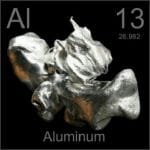
Aluminum, also known as aluminium, is a chemical element derived from the Latin name “alum,” with “alumen” meaning bitter salt. The standard chemical symbol for aluminum is “Al.” Aluminum films are commonly used as reflective coatings on telescopes, car headlights, mirrors, packaging, and toys. The aluminum sputtering target is widely utilized in the aerospace, automotive lighting, OLED, and optical industries.
Related Product: Aluminum sputtering target
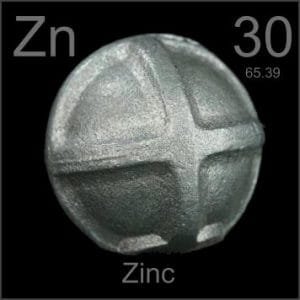 Zinc is a chemical element with the symbol “Zn” and an atomic number of 30. The name “zinc” originated from the German word “zinc,” and it is also believed to be derived from the Persian word “sing,” meaning stone.
Zinc is a chemical element with the symbol “Zn” and an atomic number of 30. The name “zinc” originated from the German word “zinc,” and it is also believed to be derived from the Persian word “sing,” meaning stone.
Related Product: Zinc Sputtering Target
AZO Sputtering Target Specification
| Material Type | Aluminum doped Zinc Oxide |
| Symbol | AZO |
| Appearance | Solid in various forms |
| Available Sizes | Dia.: 1.0″, 2.0″, 3.0″, 4.0″, 5.0″, 6.0″ Thick: 0.125″, 0.250″ |
AZO Sputtering Target Manufacturing Process
- Manufacturing
- Cold Pressing: The high-purity material is initially formed into the desired shape and size through cold pressing.
- Sintering: The pressed material is then sintered at high temperatures to enhance its density and mechanical strength.
- Elastomer Bonding: The sintered target is elastomer bonded to a backing plate to ensure stability and durability during its use.
- Cleaning and Final Packaging
- Cleaning: The sputtering targets are meticulously cleaned to ensure they are free from contaminants, making them suitable for use in vacuum environments.
- Protection from Environmental Contaminants: Measures are taken to protect the targets from environmental contaminants that could affect their performance.
- Protection During Shipment: The targets are carefully packaged to prevent any damage during transportation, ensuring they arrive in perfect condition for use.
AZO Sputtering Target Application
The AZO sputtering target, composed of aluminum-doped zinc oxide, is used for thin film deposition in various applications, including fuel cells, decorative coatings, semiconductors, displays, LEDs, photovoltaic devices, and glass coatings. Aluminum-doped zinc oxide has been investigated as a potential replacement for indium tin oxide (ITO) in solar cells due to concerns over indium shortages and rising prices.
Packing
The Aluminum-Doped Zinc Oxide (AZO) sputtering target is clearly tagged and labeled externally to ensure efficient identification and quality control. Great care is taken to avoid any damage that might occur during storage or transportation, ensuring the product arrives in perfect condition.

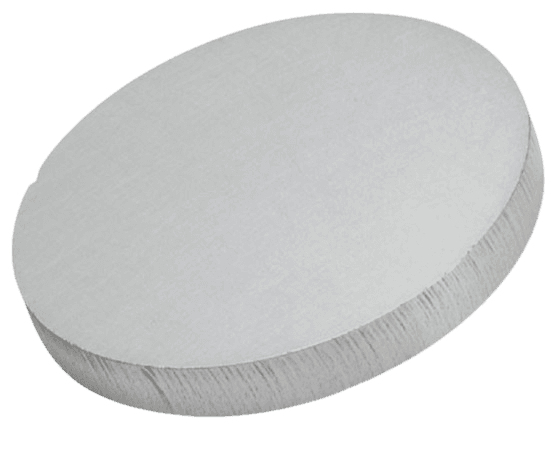

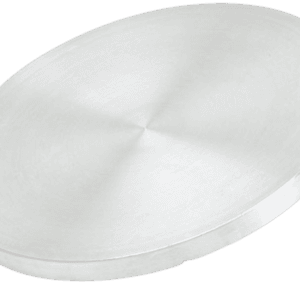
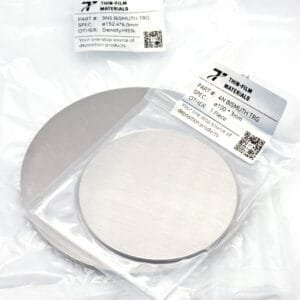
Reviews
There are no reviews yet.